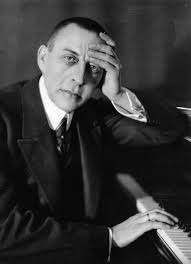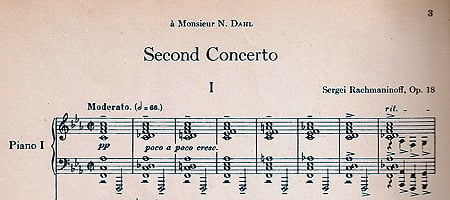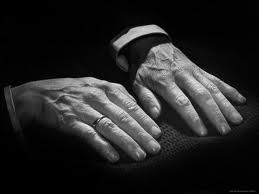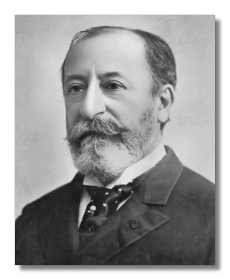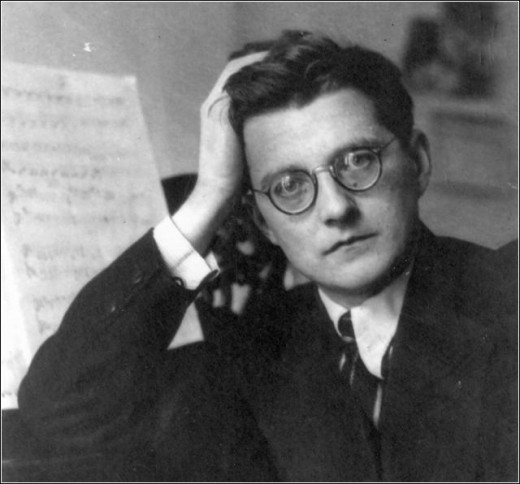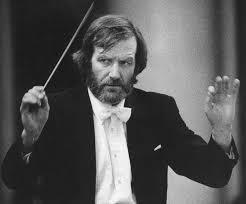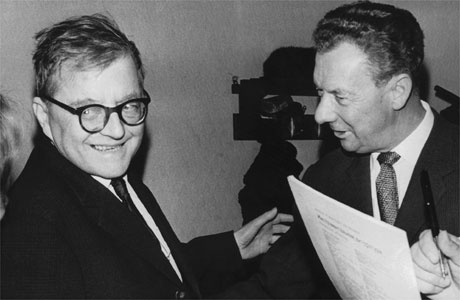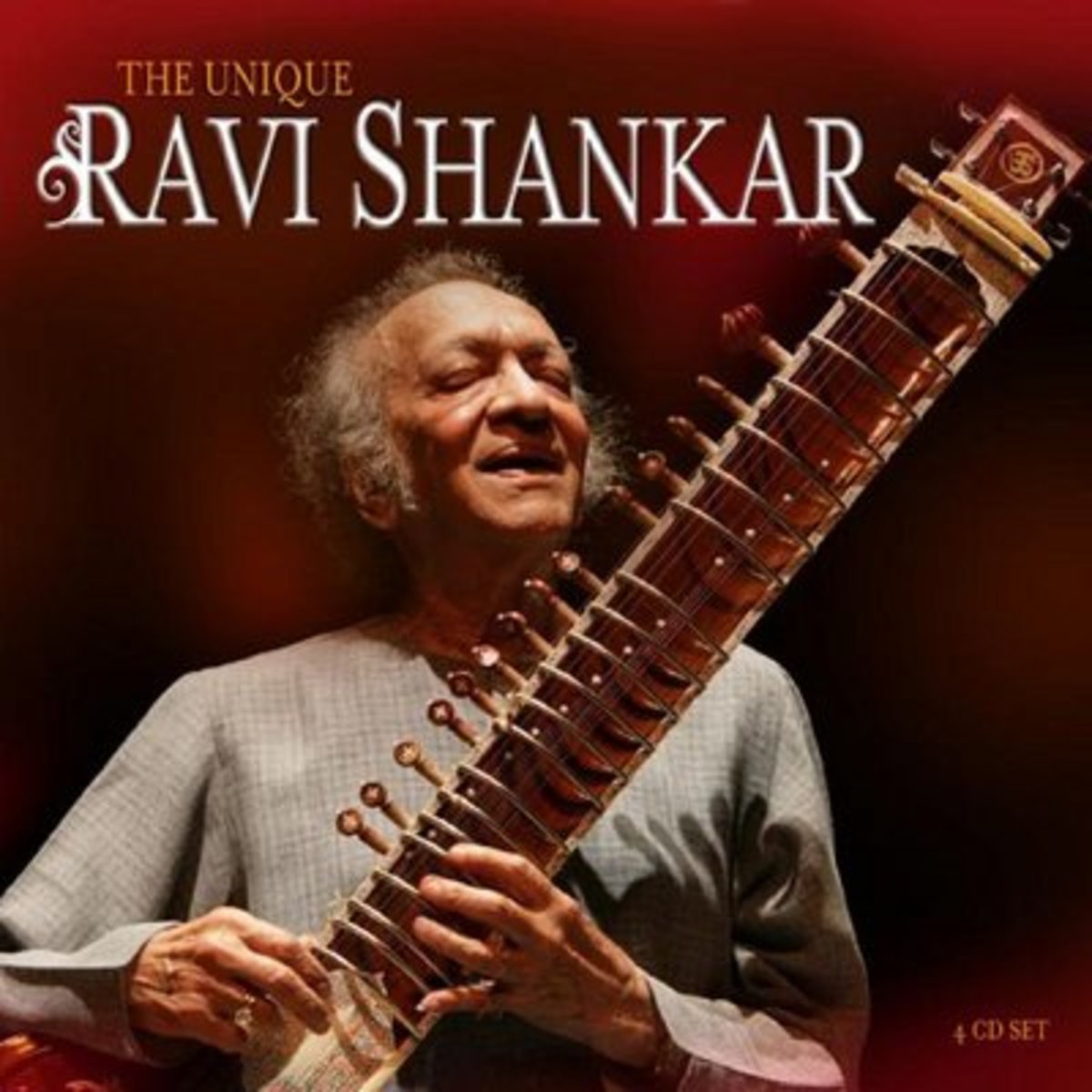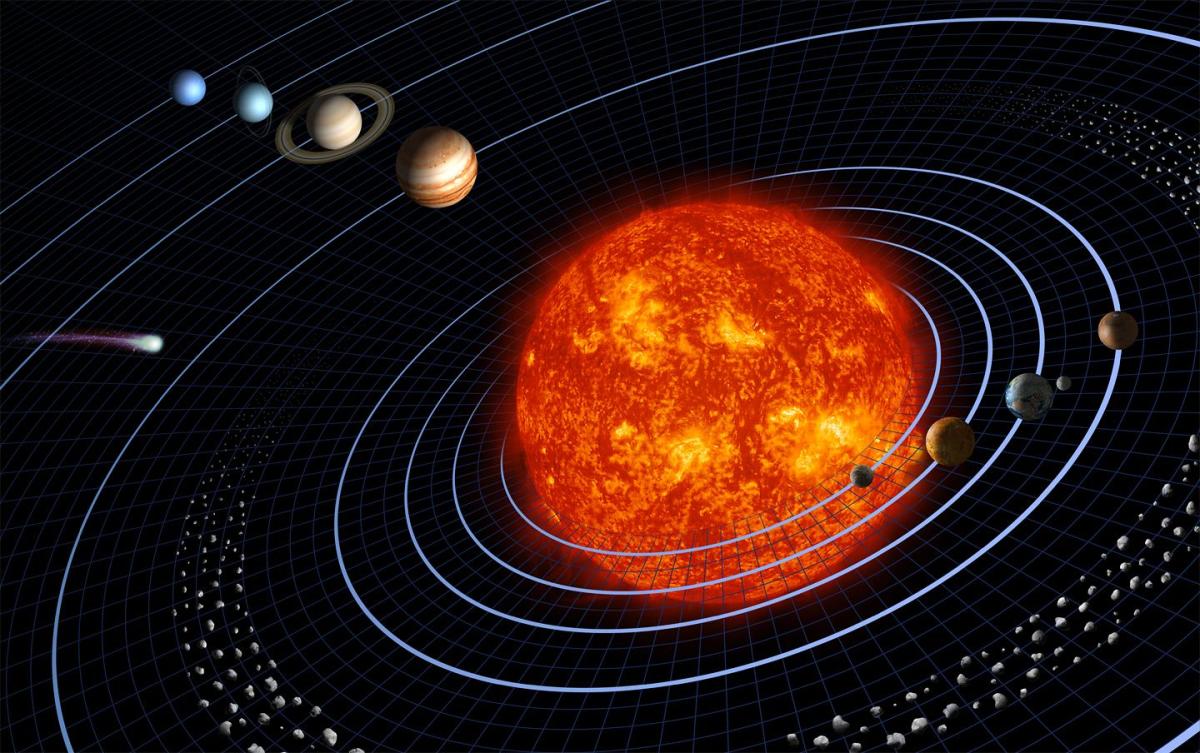Good Classical Music: How to Love Classical Music
Classical Music
Classical music is one of the most wonderful inventions on this universe (Want to know why?). It has the ability to be powerful, soulful, soothing, stirring, but always stunning. Although I know that there are not many people who like Classical Music in today's day and age, I have compiled a list of the three orchestral pieces that are sure to make you love classical music entirely and completely. I think the real problem with the unpopularity of classical music is that people are listening to the wrong stuff, so hopefully this hub will help.
Classical Music is defined by Google as a "serious or conventional music following long-established principles rather than a folk, jazz, or popular tradition."
This is completely incorrect, it doesn't have to be serious or conventional, especially in the time when they are published by the composers, they are often controversial. A large amount of classical music goes against "long-established" traditions, and in my opinion, classical music can involve the folk, jazz, and even popular styles in it. The point is you shouldn't give up on it without giving it a go, try to actually listen, not sleep through these pieces (although they aren't very sleep-inducing in this bunch), and really hear the themes, the melodies that come again and again, the interplay between the instruments and so on. Below each video, you will find a short bio of the composer, a description of why and how the piece was written, and then a detailed yet simple description of the music that should help you understand it.
As you go through the Hub, I suggest reading the text first, then listening to the piece. Remember, that even if you think that a part in the piece gets boring, I guarantee if you wait a minute, you'll hear something that reminds you of the theme again, and you will be interested again.
Enjoy and let me know if I've swayed any of you.

Rachmaninoff Concerto No. 2 Mov. 1



The Composer
Sergei Vasilievich Rachmaninoff (1873-1943) was born in north-western Russia. He was given informal piano lessons at age four by his mother, and later on at age ten taken to the Saint Petersburg Conservatory. He went through a two year period of laziness when he faked grades on his report card and almost failed out of academic classes. His mother was sent a letter that he was in danger of being expelled, and he had to get his act together. He was asked to play in a lot of concerts for great nobles such as Duke Constantine and others. He went into a three-year period of depression, in which he barely wrote anything. After this period of depression, he wrote his best known works, married, and had two children. Rachmaninoff is most well known for his lyrical music and is considered as one of the last great Romantic composers. He was a fantastic virtuoso pianist, conductor and composer. His trademark is his abnormally huge hands (it is advertised that he could reach five notes above an octave, average is two).
The Piece:
So remember how I said Rachmaninoff was super depressed? Well he had a very good reason for it. His First Symphony had been debuted and was bashed mercilessly by the best-known critics in Russia, and his symphony was compared to the ten plagues of Egypt. In those days, the words of the prominent critics would dictate if your career rocketed into stardom or sank burning and smoking. In this period of depression, he underwent for about four months daily intense sessions of therapy from a therapist, Nikolai Dahl, trained in Freudian hypnosis. Rachmaninoff's therapist was a dialed-down hypnotist, if that, and so he wouldn't exactly hypnotize as much as constantly tell Rachmaninoff every day that he would write the best concerto ever written, that he would write a concerto unlike any other, that it would be a huge success and so on. Call it hypnosis or call it imposing wishful thinking and adding confidence, but what do you think happened next? You guessed it, he wrote his second concerto, i.e. the one above. The concerto was dedicated to his therapist who he completely credited for not only that success, but his success from then on. His concerto is the most often played concerto in the world, and is considered the best by a large number of people.
The Music
The music starts out with sonorous minor chords in the piano part, reminiscent of the sound of church bells. The first theme starts with a Russian-style melody. In case you didn't hear it, the first theme is when the orchestra starts (1:32). After the first theme, the orchestra goes into a very lyrical passage, which I think if fairly recognizable (2:01). The piano picks it up, and soon moves in to the development, that's when the music gets very agitated and transitions into a beautiful piano solo. This ushers in a period of gorgeous lyrical music The concerto then starts a build up (5:33) to the return of the main theme (7:47). Instead of having arpeggios in the background, the piano has a marching percussive music accompanying the orchestra's melody. Do you hear how the theme in the beginning of the orchestra, and the theme now are exactly the same, but have completely different tones and moods because of the different accompaniment of the piano? The piece then moves into a piano solo, and the famous French Horn solo (9.37). The last minute of the piece is a quick agitated build up starting at 11:50 to the thundering ending, in Fortissimo (Double forte, meaning doubly loud) in booming C minor.
Saint-Saens - Danse Macabre


"Égalité, Fraternite..." from l'Illusion by Fraternité Lahor
Zig, zig, zig, Death in cadence,Striking a tomb with his heel,Death at midnight plays a dance-tune,Zig, zig, zag, on his violin.The winter wind blows, and the night is dark;Moans are heard in the linden trees.White skeletons pass through the gloom,Running and leaping in their shrouds.Zig, zig, zig, each one is frisking,You can hear the cracking of the bones of the dancers.A lustful couple sits on the mossSo as to taste long lost delights.Zig zig, zig, Death continuesThe unending scraping on his instrument.A veil has fallen! The dancer is naked.Her partner grasps her amorously.The lady, it's said, is a marchioness or baronessAnd her green gallant, a poor cartwright.Horror! Look how she gives herself to him,Like the rustic was a baron.Zig, zig, zig. What a saraband!They all hold hands and dance in circles.Zig, zig, zag. You can see in the crowdThe king dancing among the peasants.But hist! All of a sudden, they leave the dance,They push forward, they fly; the cock has crowed.Oh what a beautiful night for the poor world!Long live death and equality!
The Composer
Camille Saint-Saens (1835 - 1921) was born in Paris, France. He was found at age two to have perfect pitch, meaning he could identify any note just by hearing it. He also excelled at a very young age in academic subjects. He could read and write by age three, composed his first little piece by age four, performed in his first concert by age five, and mastered Latin by age seven. At age ten, he had his first public concert, and as an encore, he announced he would play any of Beethoven's 32 sonatas... by memory. News of his genius quickly spread and he was enrolled in the Conservatoire de Paris. He made his money working as an organist at various churches throughout Paris. In his only teaching position, he surprised many people by incorporating contemporary music in his teaching, contemporary music as in Schumann, Liszt, Gounod, Berlioz, and Wagner (how ironic, right?). Saint-Saens was a conductor, a composer, an organist, and a pianist. He is best known for this piece (Danse Macabre), and his Carnival of the Animals suite.
The Piece
So Danse Macabre literally means Dance of the Dead. This piece is based on the legend of "Death" coming out at midnight on Halloween calling out the dead. While Death plays his fiddle, the dead dance for him until dawn, when the rooster crows, and they go back to their grave. This tale is told in the poem "Égalité, Fraternité...", part of Jean Lahor's l'Illusion. An English translation of the poem is found to the right. Other than that, there isn't too much information about the writing of Danse Macabre, but the legend/poem come in very relevant in the description of the music below.
The Music
The piece starts out with twelve strokes of the harp, which is to symbolize the tolling of the clock, meaning its midnight. Death comes out with his fiddle, AKA the violin, and the violin soloist comes in with a tritone, the most dissonant interval in all of music, it is often called the "Devil's Interval". Can you hear the horrific two notes played by the violin? It makes my ear feel like its being grated. The piece then moves on to the beautiful first theme (0:26), played by the flute, and then the second theme (0:41), played by the violin. Try listening for the solo flute, and then afterwards, try listening for when the solo violin comes in with its theme. You can here the themes repeated with many different sections in the orchestra, echoing around the instrument groups. Notice the use of the xylophone at parts like 3:53 to signify the rattling of bones. Can't you hear the skeletons dancing with their bones click-clacking? The piece then moves on to a direct reiteration of the Dies Irae from the Requiem Mass, which Saint-Saens relates to the second theme. After this, the orchestra goes back to their first and second theme from the beginning. The repeated themes seem to be frenzied and rushed, energetic at 5:25, I like to think of it as the dead trying to get in their last hours of dancing before the dawn comes. Finally, the music suddenly drops at the beginning of the coda, at 6:17. This is the symbol of dawn coming. Do you hear the call of the cockerel played by the oboe at 6:19 signifying the sun coming up? So the last minute is the music that is for the dead going back into their graves.
Shostakovitch - Concerto No. 2 II Andante



The Composer
Dmitri Shostakovitch (1906 - 1975) after his graduation, tried to make his living as a pianist in the beginning. However, his conserved, unemotional style of playing did not win him much acclaim, so he became first and foremost a composer. Throughout his life, Shostakovitch was denounced twice by the Soviet government. After the first time, all his friends and his family were executed, "accidentally" shot, or imprisoned. It is often said that Shostakovitch lived most of his life with a suitcase packed next to the door so that he could leave at any time in case there were assassins coming. The second time he was denounced, he had children and a wife; it is said that he waited on the landing next to the elevator so that when the arresters came, his family wouldn't be involved. Some of Shostakovitch's work was written to promote proletariat ideals so that he could be put back into the good favors of the government, to assure his life was safe. His most famous proletariat piece, and his perhaps most accepted piece in Russia was his Fifth Symphony. The audience in front of which it was premiered was made up of many people who had lost much of their family members to the mass executions. As the Fifth Symphony was performed, many members of the audience found themselves in tears. Nevertheless, despite all of Shostakovitch's difficulties in his life concerning his reception in Russia, he still remains one of the best-well-known composers of all time and is considered one of the last great composers from Russia.
The Piece
This is kind of cute. Shostakovitch wrote Piano Concerto No. 2 in F major for his son's (Maxim's) 19th birthday, and his son performed it on his graduation from the Moscow Conservatory. When published, this piece, according to Shostakovitch himself had "no artistic merit." It is thought that he was trying to ward off some of the criticism because it has never been found by critics to be anywhere close to the brilliance of his symphonies. Despite this, it has always been received by his audiences everywhere with much enthusiasm, and remains one of his most famous pieces.
The Music
This music starts with a triple theme in the orchestra part, which introduces the piano when it first comes in. The mood of the movement can best be summarized as tender and sweet, and yet still heart-breakingly sad. Unfortunately, there isn't a cool legend or hypnotist involved in the composition of this great piece of music. But it's still one of the most beautiful pieces that Shostakovitch ever wrote.
Like this hub? You may also like...
- Music Theory: Why Classical Music is Amazing
Some basic music theory. Why classical music is amazing va. Pop music. Scale degrees, harmonic analysis, major vs. minor. Dominant, tonic

